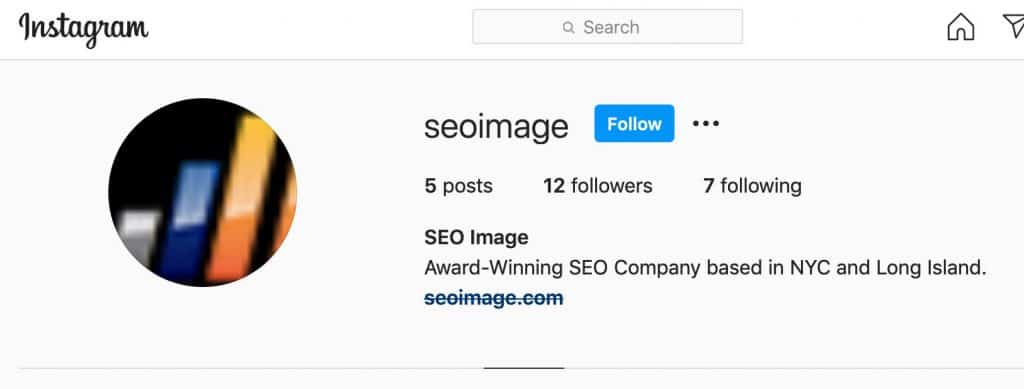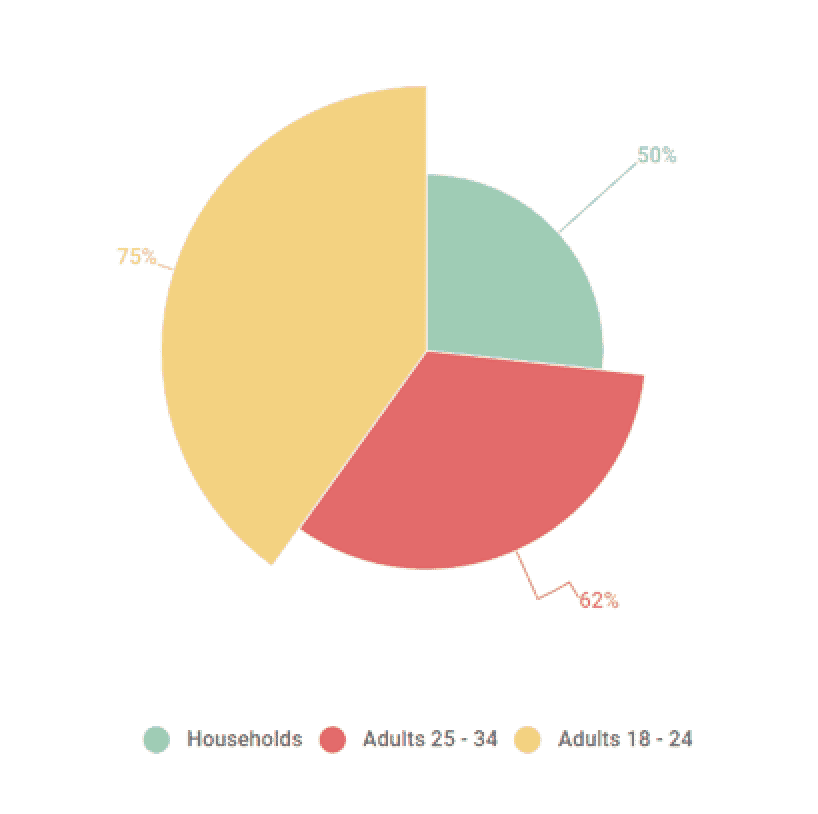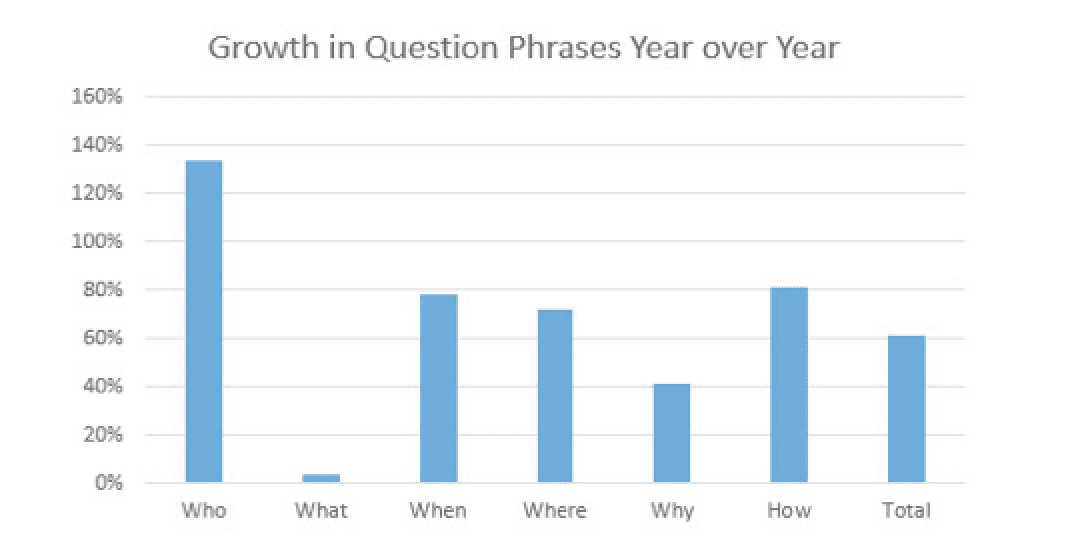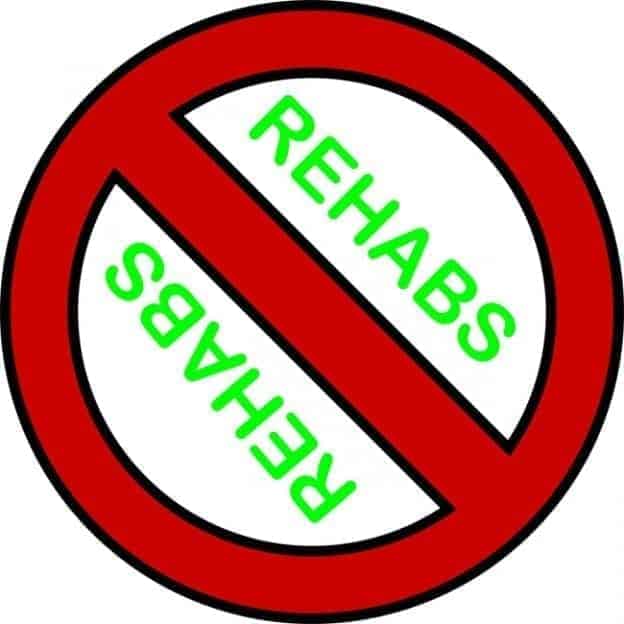Best Reputation Management Companies for 2026
When your reputation needs a boost, a highly-rated firm in Online Reputation Management (ORM) can make all the difference. We feature some of the fastest-growing reputation management companies to help you create a good image. Some of these firms provide either a dedicated reputation manager or software solutions. Find the right reputation management services with our handpicked list of the 5 Best Reputation Management companies for 2026.
The following shows ways in which you can identify the best companies for reputation management to help your brand manage its image. Online Reputation Management companies are involved in the provision of excellent services that aid in improving and protecting the online reputation of a business and an individual.
Why 2026 Is a Defining Year for the Best Reputation Management Companies
The reputation management industry is moving into a period where search behavior, review ecosystems, and AI-driven evaluations are shifting faster than ever. As 2026 approaches, companies are seeing more advanced sentiment analysis tools that can catch early signs of trouble before negative content gains traction. Search engines are now prioritizing authority signals, credibility, and structured information, which means the best reputation management companies must understand both traditional SEO and emerging generative engines. Review platforms are expanding across new regions, creating more complexity for brands operating in multiple markets. At the same time, executives and public-facing professionals are experiencing a rise in personal scrutiny online, which makes individual reputation just as crucial as corporate presence. These evolving conditions define what top reputation management firms will look like in 2026 and highlight why choosing the right partner matters more now than ever.
How Leading Reputation Management Firms Measure Success in 2026
Evaluating the best reputation management companies requires understanding how results are measured and tracked. Businesses should expect clear demonstrations of movement in branded search visibility, improvements in review quality, and reductions in negative rankings. Strong reputation firms will show how their work influences search behavior, branded queries, and overall sentiment. This level of transparency is essential because both search engines and generative engines increasingly rely on data-driven signals to interpret a brand’s trustworthiness. Companies that offer measurable performance indicators and transparent month-to-month reporting stand out as the most reliable and effective as we head into 2026.
What to Ask Before Hiring a Reputation Management Company
When choosing a reputation management partner, the questions you ask determine how well the firm understands today’s search landscape. Businesses should explore how a company handles search suppression, what strategies it uses to promote positive content, and how it manages verified review growth. Firms that operate at a top-tier level will explain how their team monitors issues in real time, how incidents are escalated internally, and how quickly they respond to reputational shifts. Asking for recent examples of successful client work also helps clarify how they navigate the current search environment, which is increasingly shaped by AI systems and algorithm adjustments. These conversations reveal whether the firm you are speaking with is equipped to support your brand in 2026 or is relying on outdated approaches.
The Importance of Schema and Generative Engine Optimization for Online Reputation in 2026
Structured data has become a core part of reputation strategy because both search engines and generative engines rely on it to understand what a page is about and whether a source is trustworthy. Companies that apply Organization, Person, Service, and Review schema correctly give search systems clearer signals about their brand. Generative Engine Optimization enhances this further by preparing content for AI-driven search experiences, conversational queries, and answer-based results. As more consumers rely on AI assistants for information, brands that ignore GEO lose visibility to competitors who have already embraced it. The best reputation management companies in 2026 will treat schema and GEO as essential elements of every client strategy.
Real World Example of Effective Reputation Management Results
One recent client success story highlights the difference a strong reputation strategy can make. A professional services firm in New York faced several negative articles and a series of unfair reviews that targeted branded search terms. By auditing their entire online footprint, publishing authoritative content across high-quality sites, generating new verified reviews, and closely monitoring sentiment, the agency was able to shift the narrative. Within ten weeks, the negative pages were pushed off the first page of search results, and branded traffic increased significantly. The client regained control of their brand and saw lasting improvements that continued throughout the following year. This type of result illustrates how thoughtful, consistent reputation management can reshape perception and restore trust.
Why Specialized Reputation Agencies Outperform Traditional Marketing Firms
Businesses comparing providers often discover that specialized reputation agencies consistently outperform general marketing firms. Reputation management involves more than producing content or improving search rankings. It requires a detailed understanding of review platforms, editorial strategy, crisis communication, and the legal and technical elements of search engine reputation management. Agencies that focus solely on reputation work have the experience, processes, and infrastructure to address complex issues quickly and accurately. They also approach reputation as a long-term asset rather than a short-term marketing tactic. This concentrated expertise is why niche agencies dominate the field and consistently deliver stronger results.
What Reputation Management Services Typically Cost in 2026
Pricing for reputation management varies widely because every situation requires a tailored framework. Smaller companies or individuals may need targeted efforts focused on reviews and limited suppression, while mid-sized organizations often require broader coverage and ongoing content support. Larger brands with national or global exposure must maintain continuous monitoring, editorial promotion, review growth, and crisis preparedness. These elements determine the overall cost, and the best reputation management companies in 2026 will outline clear deliverables with transparent pricing rather than vague ranges. Establishing this clarity from the beginning ensures expectations and results remain aligned throughout the engagement.
How to Choose the Best Reputation Management Company for 2026
Selecting the right reputation partner means understanding how they combine search expertise, content strategy, review management, and crisis handling. The best firms for 2026 will be equipped to manage reputation across both traditional search engines and new AI-driven environments. They will provide measurable performance indicators, direct communication, and clear strategic plans that align with business goals. A strong partner becomes part of the brand’s defense structure and works continuously to strengthen visibility, credibility, and consumer trust. Choosing a firm with experience across both search and generative engines ensures the brand is protected now and well-positioned for the future.
ORM Services can Help Individuals and Businesses
- Monitor your online reputation: reputation management services track what is being spoken about you or your business online. Their work starts right there by informing you whenever any negative comments or reviews come up. Responding to negative comments and reviews: ORM services can help draft appropriate and timely responses to negative comments or reviews to minimize the damage caused to their reputation.
- Promotion of positive content: ORM services can uplift good content.
- Respond to negative comments and reviews: ORM services can help draft appropriate and timely responses to negative comments or reviews to minimize the damage caused to their reputation.
- Promote positive content: ORM services can help promote positive content about your business, such as press releases, blog posts, and positive customer reviews, to help improve your online reputation.
- Remove negative content: ORM services can help you remove negative content from the internet, although this can be a complex and time-consuming process that is not always successful. Most sources will NOT remove negative news stories.
- Review Management: ORM Services that focus on online review sites like Google, Yelp, Glassdoor, etc., to help manage bad reviews.
If you are considering using an ORM service. Researching and choosing a reputable digital marketing company with a proven track record of helping businesses and individuals manage their reputations effectively is important. You want a seasoned team with proven success in online reputation management strategies.
What are the factors to consider when choosing a reputation management company?
- Expertise: Look for a company with a track record of success in reputation management. Look for case studies or testimonials demonstrating their ability to help clients improve their online reputation.
- Services: Make sure the company offers the services you need. Some common services reputation management companies offer include online reputation repair, brand management, crisis management, and social media management.
- Cost: Consider the cost of the services offered by the company. Reputation management can be a significant investment, so finding a company that offers competitive pricing is important.
- Communication: Choose a company that is responsive and communicative. A reputable reputation management company should be able to clearly explain its strategies and keep you informed about the progress of its efforts.
If you are considering an ORM service, it is very important first to research and find a credible digital marketing company that has an excellent history of helping individuals and businesses manage their reputations effectively. Be sure to choose a team that has extensive experience and success with online reputation management strategies.
Who are the 5 best online reputation management companies?
- 1) SEO Image (seoimage.com): This company has been rated the best online reputation management company numerous times since 2002. One of the best companies for pushing down negative results in search engines. Considered the first Reputation Management agency in NYC, SEO Image works to promote positive reviews and online reputations for businesses and individuals.
- 2) Reputation.com: This company offers services in cleaning up online reviews with a suite of online reputation repair, brand management, negative review handling, and crisis management.
- 3) BrandYourself: Helping individuals improve and protect their online reputation, the company uses a self-service marketing approach. They help businesses and people take control by providing monitoring and improvement tools to manage one’s reputation.
- 4) ReputationManagement.services This company offers various services, including online reputation repair, brand reputation, and social media management for the business owner.
- 5)Rep.Agency: This company offers a range of positive reputation management services to improve your online presence, including internet reputation, online review management, brand management, and crisis management.
In this regard, it is worth doing a bit of legwork yourself. There are different options, and you can find which one suits you based on your specific needs. Look at what other reputation management companies offer and their price package.
A full list of reputation management services operating in town is hardly possible because there are so many.
You should make this yourself by comparing services and prices from a variety of companies that enjoy good online reputations. In choosing a reputation management firm in New York City, success history, variety of services, pricing structure, and how well they communicate and respond to their clientele would be a couple of things you might want to consider.
You can also use online business listings from the New York City Chamber of Commerce and the Better Business Bureau to find more New York City firms. You can also request references from other business colleagues or industry partners and read reviews from previous customers of the firms to determine their reputation and success, and confirm that they utilize the best practices in the industry for long-term success.
What are the different types of reputation management?
Reputation management involves several strategies that shape perception and, thus, affect how individuals, companies, brands, or organizations come across in public opinion. It is associated not only with online efforts but also with offline initiatives to create a positive image and, at the same time, address negative feedback or criticism. There are different types:
- Online Reputation Management (ORM): This covers creating and maintaining a persona or brand online. It involves mention monitoring, reviews, and discussions via social media to quickly act on feedback, remedy negative reviews, and share positive content with others in order to reinforce the reputation online in general.
- Crisis Reputation Management: This involves the management of negative events or public relations crises that might affect the reputation of a person or company. It involves timely and correct responses, proper communication, and taking necessary measures to mitigate effects that would further deteriorate the situation.
- Personal Reputation Management: This aspect encompasses influencing and sustaining the reputation of individuals, public figures, CEOs, influencers, or anyone with a name, based on suppressing online negativity, negative content, or positive achievements and contributions of an individual.
- Corporate Reputation Management: This deals with the management of a company or organization’s reputation. It ranges from monitoring media coverage, customer feedback, and public sentiment to handling issues like product recalls, lawsuits, or ethical concerns that might tarnish its image.
- Brand Reputation Management: Brand reputation
- Review Management: This primarily deals with managing customer reviews and ratings. This includes encouraging positive responses from satisfied customers and responding to negative reviews professionally.
- Social Media Reputation Management: Since social media has a huge say over what people perceive, the management deals with monitoring audiences across different platforms and responding to comments, hence mitigating negative sentiments.
- Search Engine Reputation Management (SERM): SERM is the process of managing what shows up in search results when any particular person or brand is looked up. This includes optimizing positive content, eliminating negative search results, and correcting misinformation.
- Employee Reputation Management: This area concerns perceptions about employees. When employees’ work involves serving the public interest or taking prestigious positions, this becomes crucial. Employees will be trained on responsible social media behavior and will make sure their general internet presence does not go against the values of the company.
Reputation management isn’t always straightforward; rather, it requires an aggressive line of action regarding the construction of a public image that is continuously nurtured over time. SEO Image effectively executes online reputation management through targeted activities specific to your business, optimizes your business listings to make outreach for 5-star reviews efficient, and so on. There are various forms of reputation management, and each can be implemented as seen fit based on circumstances and individual, company, or brand needs.
How do I know which reputation management company is right for my business?
The right firm will demonstrate an understanding of your industry, your brand narrative, and your search environment. They will show how they plan to protect your reputation across traditional search engines and generative AI platforms and how they will build a long term strategy that supports business growth. A strong agency will also provide real examples of past successes and clear explanations of how they approach review generation, content publishing, monitoring, and crisis response. The relationship should feel like a partnership rather than a vendor transaction.
Why is reputation management more important going into 2026?
Reputation plays a larger role than ever because consumers now use AI tools, search engines, review platforms, and social channels to evaluate companies before making decisions. Brands that do not stay proactive risk losing visibility, credibility, and customer trust. The best reputation management companies have adapted to this environment by developing strategies that align with current search behavior and the rapidly growing influence of generative engines. As reliance on AI increases, the accuracy and strength of your online reputation become directly tied to your long term success.
How long does it take to see results from a reputation management campaign?
Every situation is different, but most brands begin to see measurable improvements within the first few months when working with a qualified firm. Search suppression, review growth, and content development all take time to gain traction, but when executed correctly they begin shifting sentiment and search visibility in a predictable and consistent pattern. Timelines depend on the volume of negative content, the authority of the sites that published it, and how competitive the industry is. A skilled agency will outline expectations clearly and show progress through transparent reporting.
Are reputation management companies able to improve review ratings and overall customer sentiment?
A qualified agency can help improve review ratings by implementing a structured system that encourages satisfied customers to share their experiences across the right platforms. They can also monitor and respond to reviews, address customer concerns, and identify patterns in feedback that can help a business grow. While no company can fabricate reviews or interfere with platform rules, a legitimate reputation management firm will use ethical and compliant strategies to elevate sentiment and build a stronger, more accurate representation of the customer experience.









 “Who” phrases skyrocketed up 134 percent and “How” phrases up 81 percent.
“Who” phrases skyrocketed up 134 percent and “How” phrases up 81 percent.




